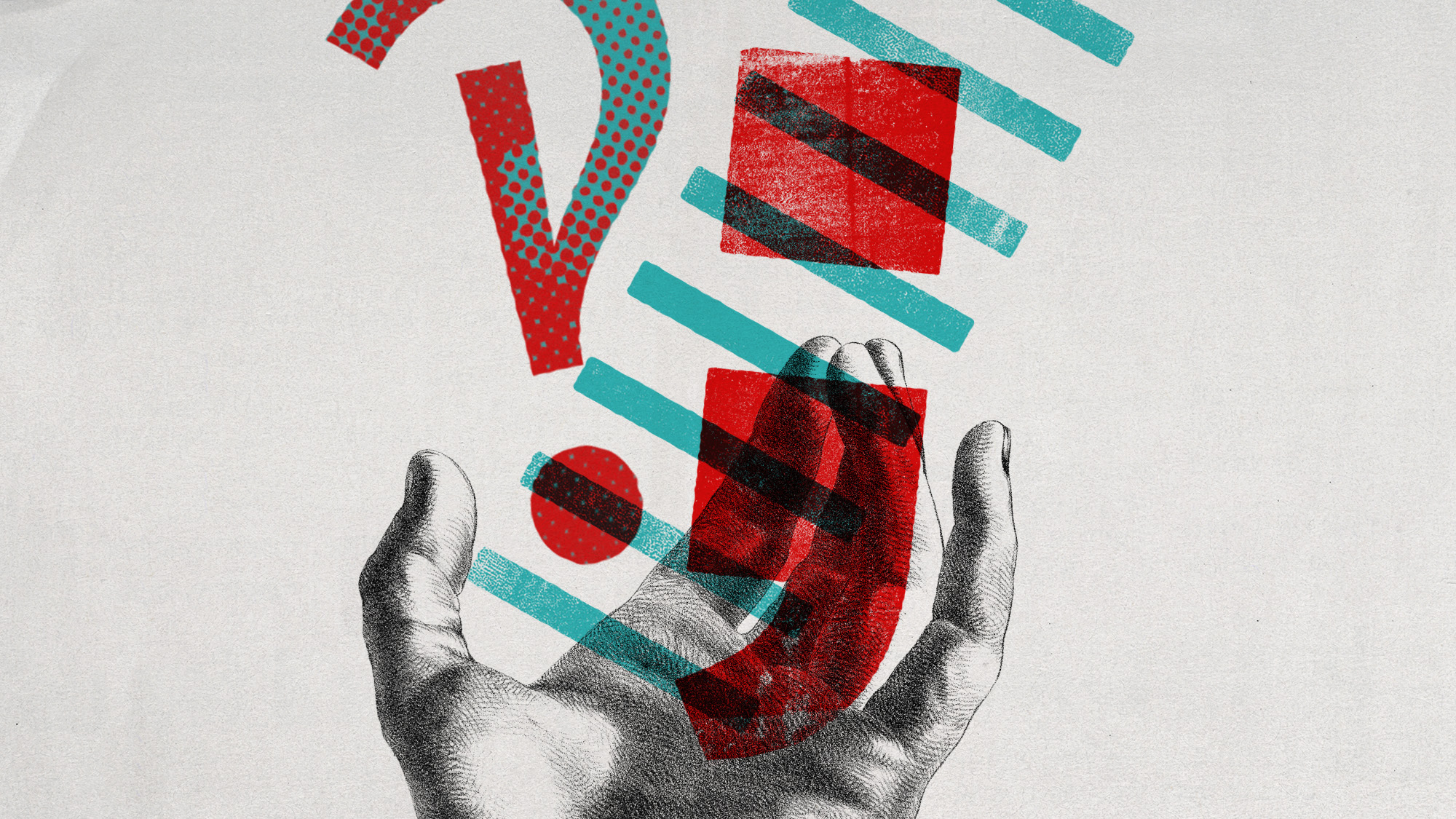“Rend your cheeks and rub ashes into your hair,” said The Spectator, for the semicolon, that “most elegant, elusive of punctuation marks”, is all but dead.
Use of the semicolon (in lists, or to join two separate clauses into a single sentence) has almost halved since 2000 and, according to research by language service Babbel, many young Brits never use it at all.
Misunderstood by Gen Z
It’s not that young people are “rejecting” the semicolon outright, said The Telegraph; “rather, they fear using it incorrectly”. The mark, designed to introduce “a somewhat longer breath” than a comma into a sentence, has been increasingly abandoned by contemporary writers and is now often misunderstood by Gen Z.
Subscribe to The Week
Escape your echo chamber. Get the facts behind the news, plus analysis from multiple perspectives.
SUBSCRIBE & SAVE
Sign up for The Week’s Free Newsletters
From our morning news briefing to a weekly Good News Newsletter, get the best of The Week delivered directly to your inbox.
From our morning news briefing to a weekly Good News Newsletter, get the best of The Week delivered directly to your inbox.
But it’s far from the first punctuation casualty, said The Indian Express. The pilcrow, a mark used to signify the start of a new paragraph, slipped “into obscurity” a few hundred years ago. And, in modern times, the apostrophe is “under daily siege”.
Gen Z, raised on texting and social media, have sharply turned away from traditional punctuation, which they feel “comes across sounding passive-aggressive” or “unnatural”, said The Washington Post. Instead, they punctuate with emojis, which act as “tone tags” to better capture a message’s intent.
Yet, “like napkins, black tie and having a glass of champagne before lunch”, the use of the semicolon is a “bulwark against civilisational decline”, said The Spectator. Despite what younger generations are doing, we should resolve to let “this most noble of punctuation marks flourish anew”.
‘The ChatGPT hyphen’
The semicolon may be endangered but there is one form of punctuation that seems to be flourishing: the em dash. And that’s probably down to artificial intelligence.
Sometimes called the long hyphen, the em dash – used to add extra information, in parenthesis – was first seen in the plays of Ben Jonson and some editions of William Shakespeare’s plays, said Prospect. But it’s now such a feature of chatbot responses, it’s become known as “the ChatGPT hyphen”.
So, are we influencing artificial intelligence’s punctuation, or is it influencing ours? “Online detectives have unfairly pounced” on the em dash as a dead giveaway for copy-and-pasted AI writing , said The Boston Globe, but being “em-dash-happy” isn’t something we should give AI “credit” for. This punctuation belongs to the people and the very “literature it was trained on”.
Suspicion of the em dash “speaks to our mounting paranoia about automated communication”, said Rolling Stone. Ultimately, technology may be shaping our grammar more than we would care to admit.



